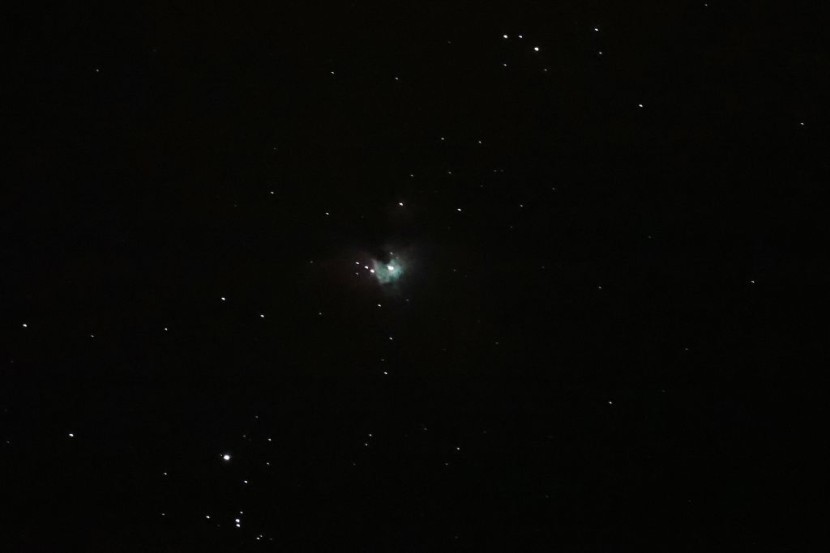
NASA's powerful James Webb Space Telescope observed a star briefly before it underwent an explosive supernova event.
The star, WR 124, was found on Tuesday and is considered a rare Wolf-Rayet star located some 15,000 light-years away from our planet somewhere in the constellation Sagittarius. In a statement, NASA officials said that massive stars usually speed through their life cycles.
Star Before Supernova Explosion
However, a few stars go through what scientists call a brief Wolf-Rayet phase before undergoing a supernova explosion. It added that James Webb could capture images of this rare phase providing valuable information to astronomers.
NASA officials added that Wolf-Rayet stars are in the process of shaving off their outer layers, resulting in their characteristic halos of gas and dust. The recently discovered star is roughly 30 times larger than our Sun and has already ejected more than ten solar masses worth of gas and dust into space so far, according to Space.
The space agency wrote in the image description that dust in space is integral to the universe's workings because it shelters forming stars, gathers together to help in planet formation, and serves as a platform for molecules to form and clump together.
Officials added that despite dust's many essential roles in the universe, there is more of it in the vast cosmos than astronomers' current dust-formation theories can explain.
The James Webb telescope's observations could potentially provide crucial information regarding this mysterious "dust budget surplus." This is because cosmic dust is best studied in infrared wavelengths, which is the type that NASA's telescope was designed to observe.
The powerful telescope has opened up new possibilities for studying details in cosmic dust because its Near-Infrared Camera (NIRCam) balances the brightness of WR 124's stellar core and the knotty details found in the fainter surrounding gas, according to NASA.
Useful Information for Cosmic Dust Investigation
James Webb's Mid-Infrared Instrument (MIRI) could reveal the clumpy structure of the gas and dust nebula of the material that was ejected and is now surrounding WR 124. Prior to the powerful telescope, astronomers needed access to detailed information to explore questions of dust production in environments similar to the recently observed star.
They were also still determining whether or not the dust grains were large and bountiful enough to survive the star's supernova and become a significant contribution to the overall dust budget. But now, all those questions can be further investigated using actual data.
Other stars similar to WR 125 also provide information to astronomers to understand a crucial period in the universe's early history. Other dying stars first seeded the young universe with heavy elements forged inside their cores. These are elements that are now commonly seen in modern times, including on our planet.
The images captured by James Webb's instruments forever preserve a brief but turbulent time of transformation of a star. It also promises future discoveries that could reveal the long-shrouded mysteries of cosmic dust in the universe, said Webbtelescope.org.
Related Article: NASA To Invest $1 Billion in Module to Deorbit ISS
© 2025 HNGN, All rights reserved. Do not reproduce without permission.








